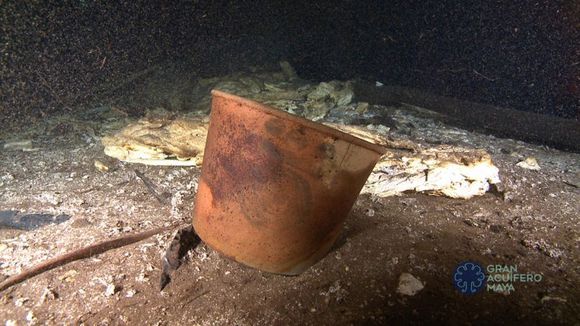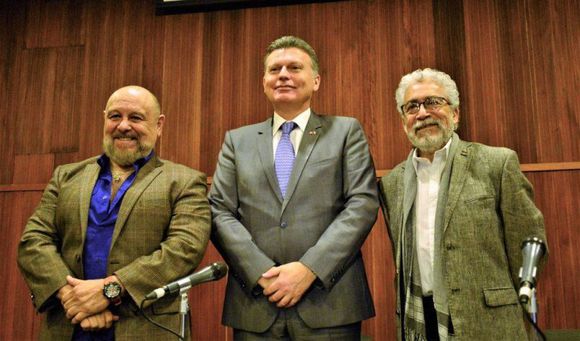MÉRIDA, Yuc.- The Great Mayan Aquifer (Gran Acuífero Maya: GAM), a project of the National Institute of Anthropology and History (INAH), which is being developed in Yucatán, will be subsidized by the Swiss Ministry of Culture.
The resources granted by the Swiss government will be focused on research and particularly, on digital preservation work, hand in hand with the National Geographic Society, of six underground archaeological contexts, which characteristics highlight the main role of caves in Mayan ritual activities.
This support, which includes an investment close to two million pesos, was detailed in its background and objectives in a press conference held on Tuesday Feb. 18 at the National Museum of Anthropology in Mexico City.
The event was led by the Swiss ambassador to Mexico, Eric Mayoraz, the National Archeology Coordinator of INAH, Pedro Francisco Sánchez Nava and the head of the GAM Project, Guillermo de Anda.

“Being able to associate, in this case with the Swiss government, in favor of the investigation of the cultural heritage of our country, is always very satisfactory,” said archaeologist Sánchez Nava.
Mayoraz, Sánchez Nava and De Anda agreed that the results of the subsidy granted by Switzerland would be collected by 2021, and will help to generate digital products for the public dissemination of science, and care of the aquifer and its submerged cultural heritage.
Mexican archaeologist Guillermo de Anda explained that one of the six selected archaeological contexts is the Holtún cenote, in the Chichen Itza Archaeological Zone, which, although it has been studied in its shallow regions, still houses many elements such as vessels, Tláloc sculptures and anthropomorphic representations in its deepest sections, around 40 or 45 meters deep.

Newsroom



